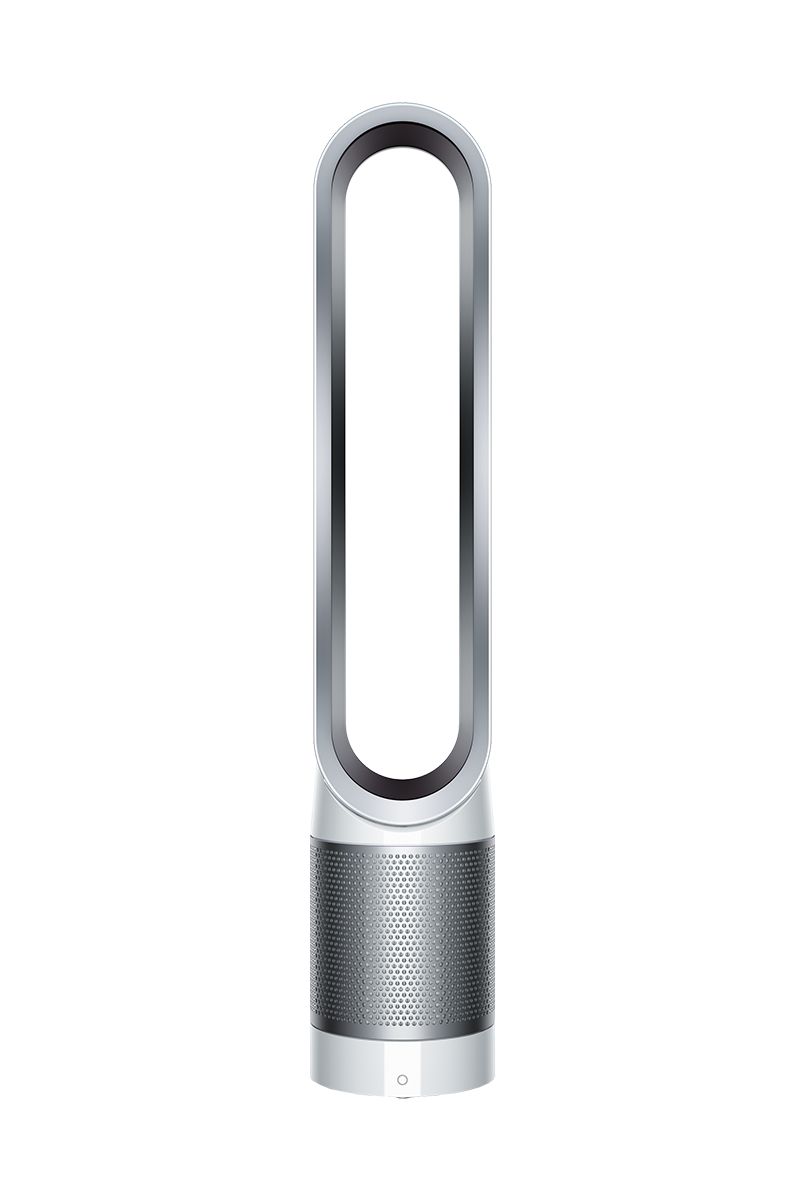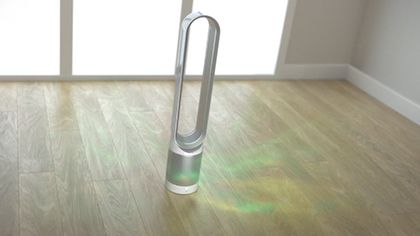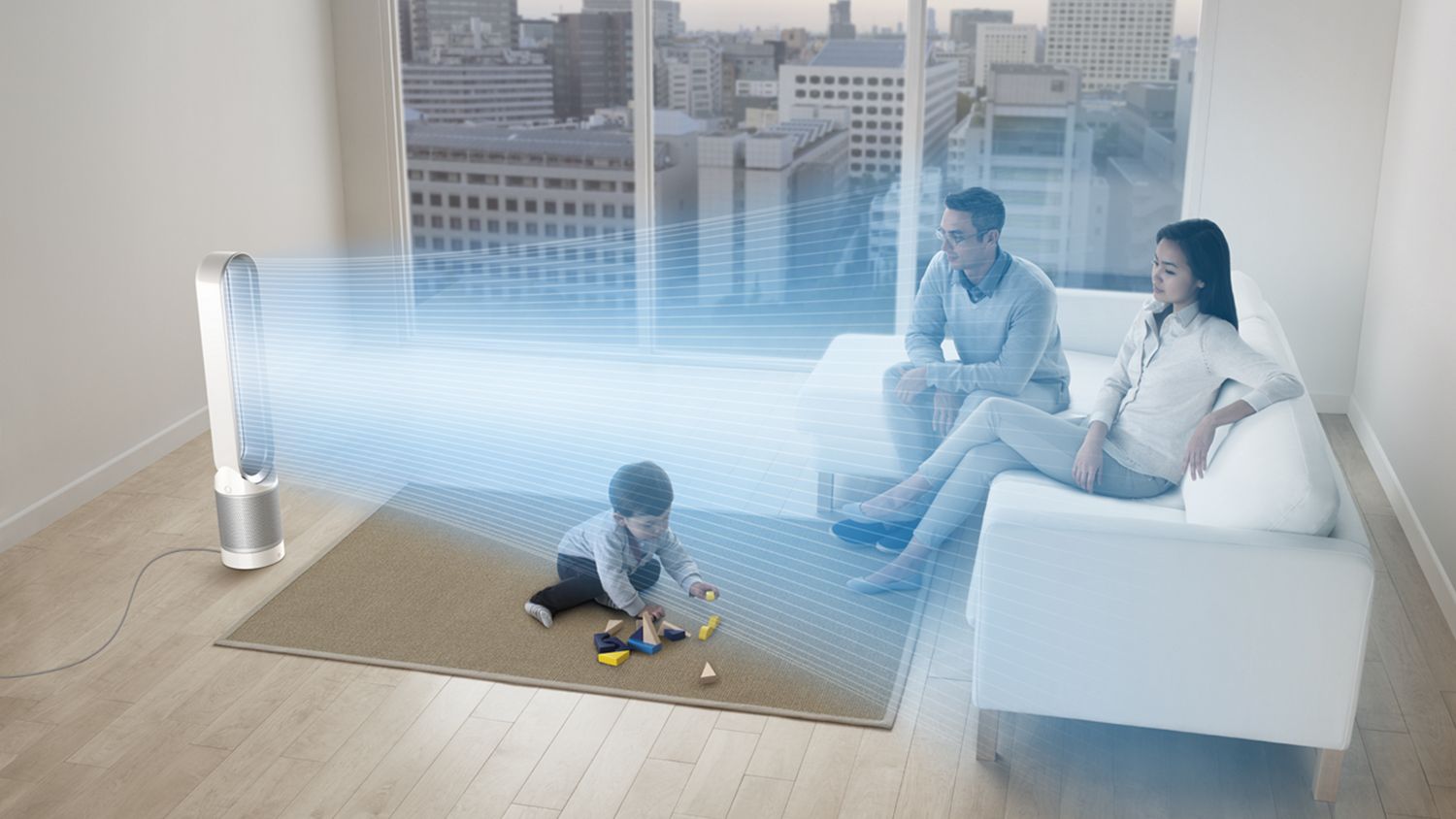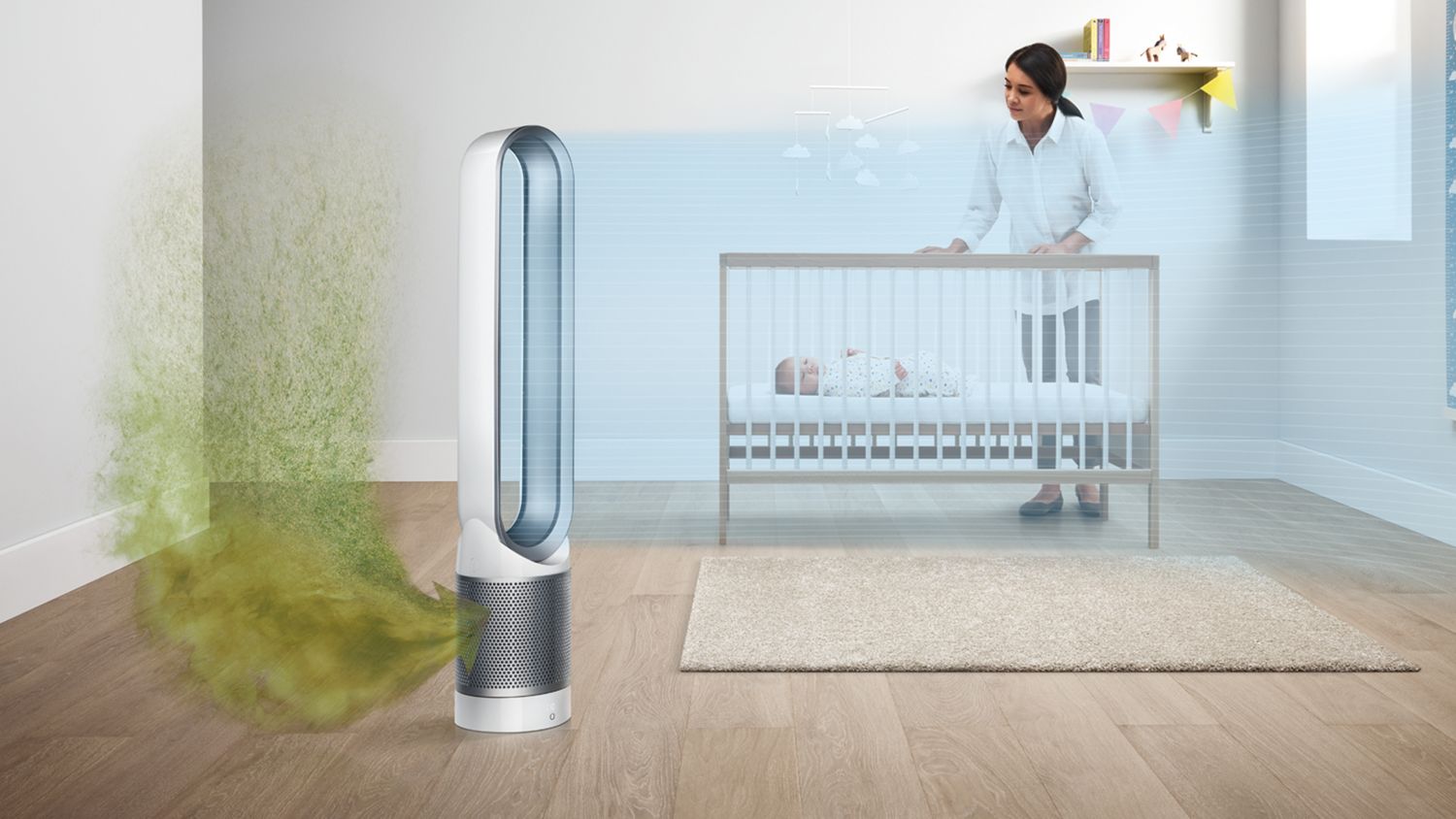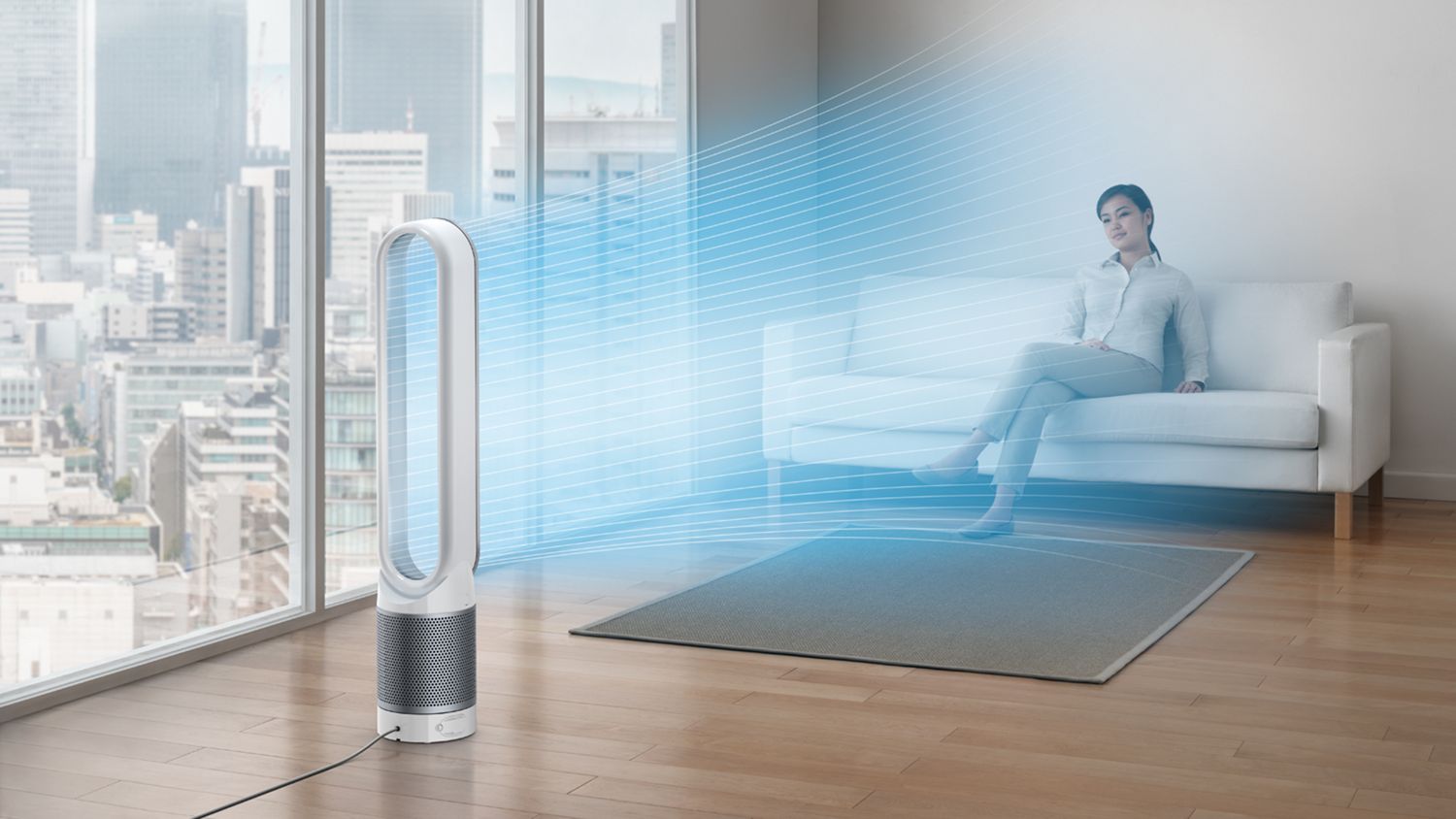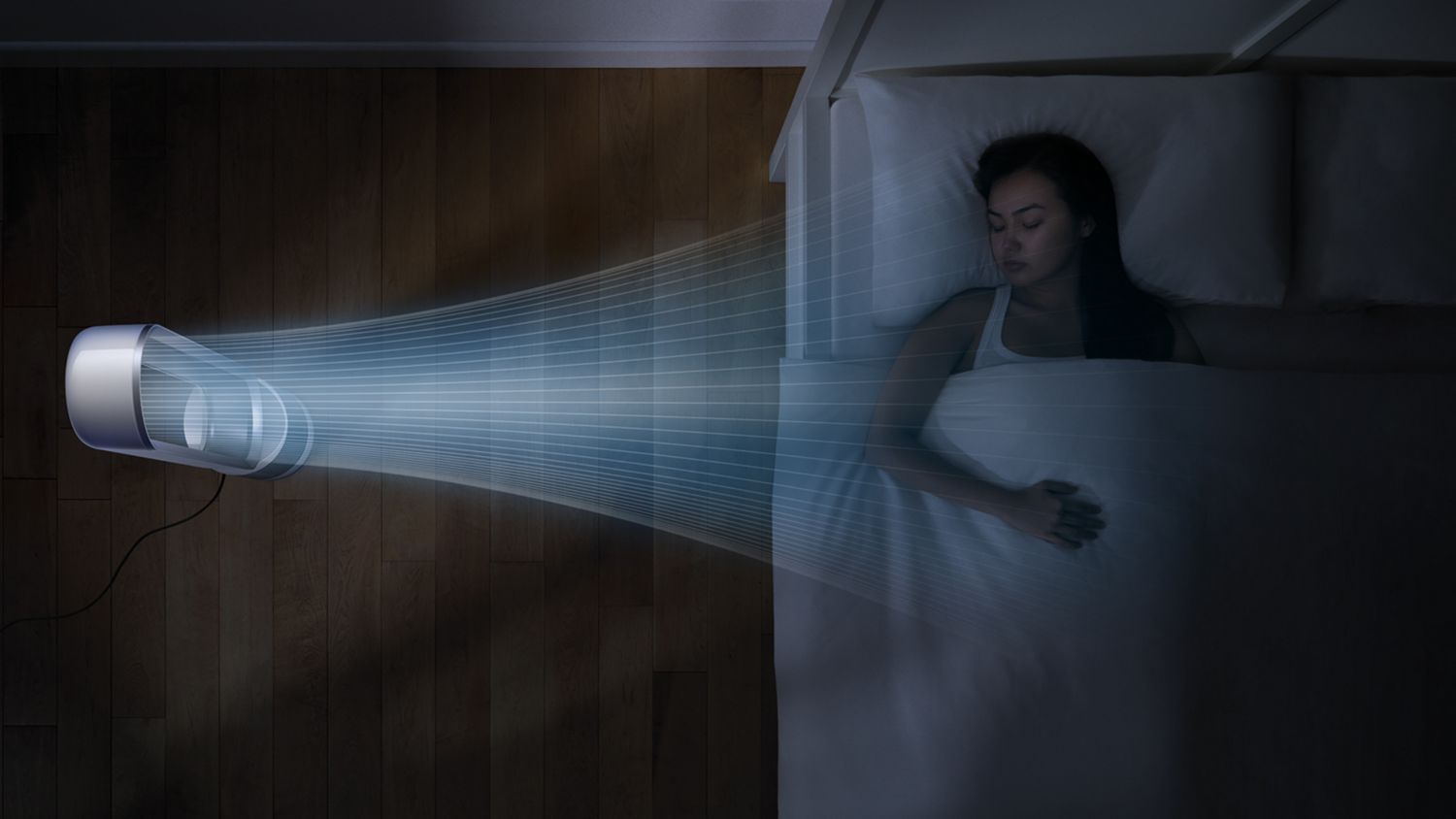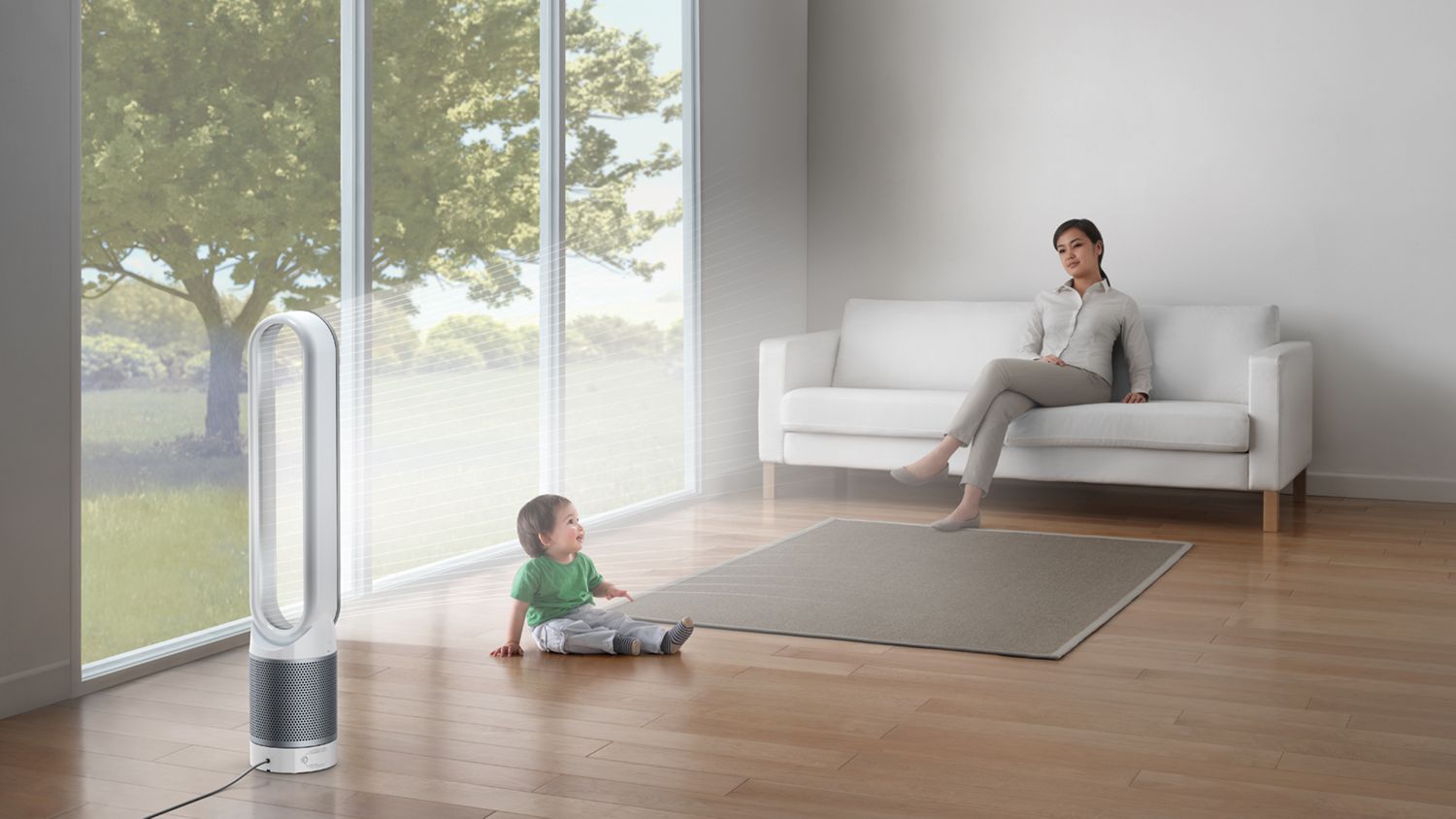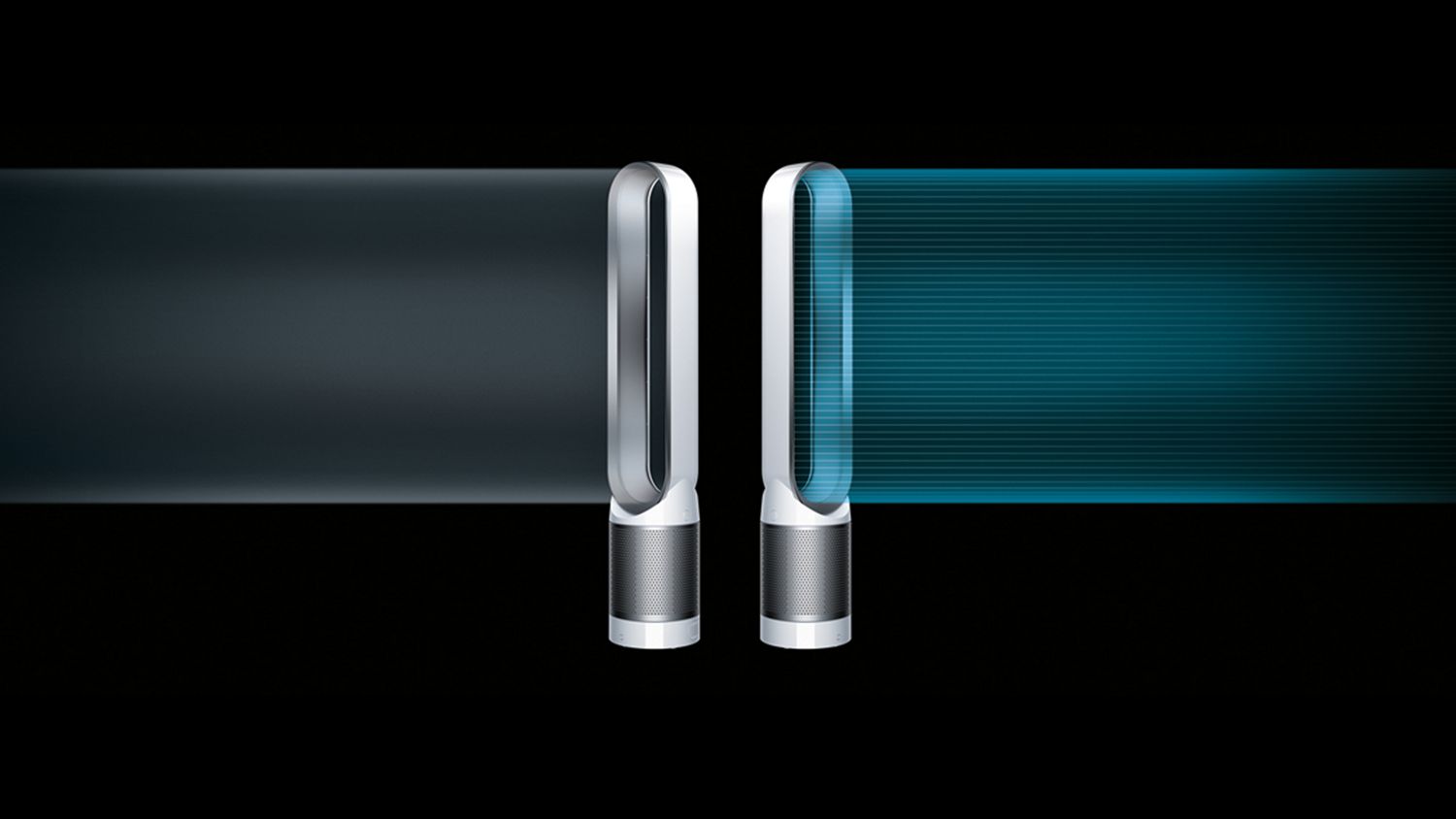Free next-day delivery
Dyson Pure Cool purifying fan
Dyson air purifier with premium two-stage filtration. HEPA filter captures 99.95% of microscopic particles as small as 0.1 microns.¹
Dyson cooling fans feature Air Multiplier™ technology, which combines principles used in turbochargers and jet engines to amplify airflow and project up to 434 litres of air per second. Powerful, long-range air projection to purify and cool you quickly.²
Remote control with 10 airflow settings. Curved and magnetised to store neatly on your machine.
For cleaner air and a healthier home environment.
Specifications
-
Weight
3.96 kg
-
Airflow at max. setting
434 l/s
-
Number of speed settings
10
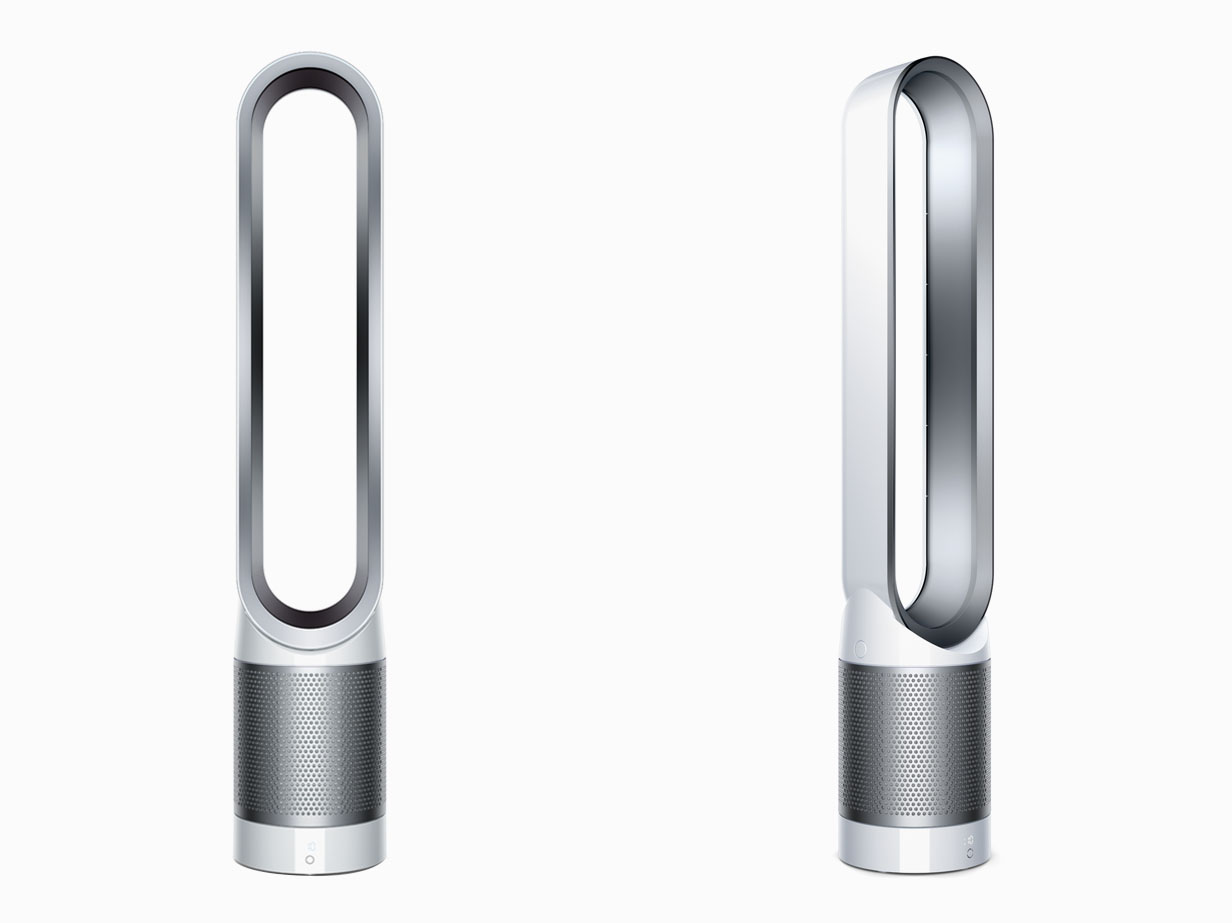
-
Height
1,018 mm
-
Length
110 mm
-
Width
190 mm
Reviews powered by Bazaarvoice
Dyson Pure Cool™ TP00 Purifying fan (White/Nickel)
Overall rating
In the box

Dyson Pure Cool™ TP00 Purifying fan (White/Nickel)
-
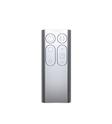
Remote control
Curved and magnetized to store neatly on the machine
-
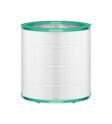
Filter
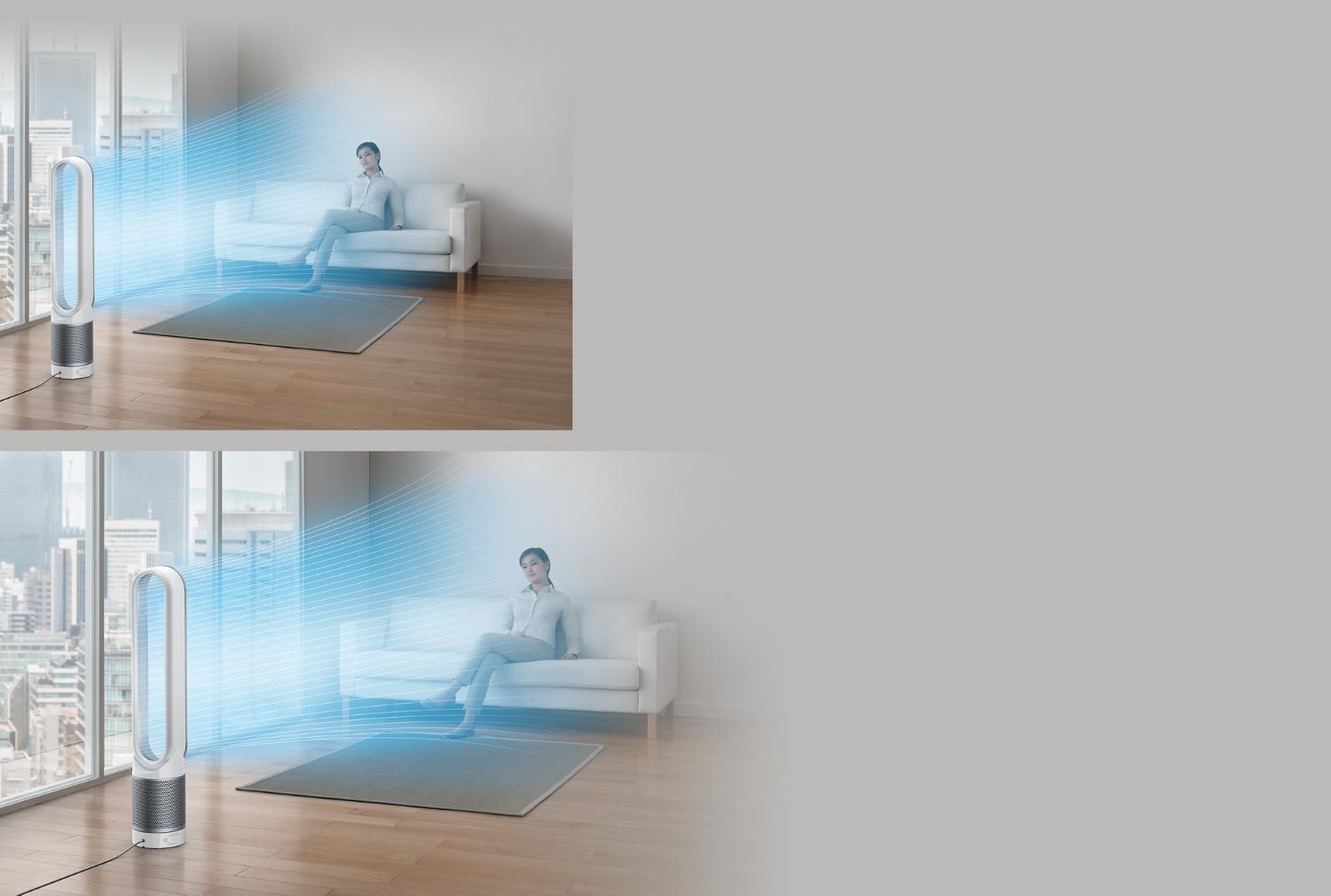
Powerful cooling airflow
Dyson Air Multiplier™ technology enables the Dyson Pure Cool purifying fan to project up to 434 litres of air a second.²

Purifies all year round
HEPA H13 filtration captures 99.95% of particles as small as 0.1 microns, including allergens like pollen and pet dander.¹ Activated carbon removes odours and gases.³
Machine highlights
-
Night mode
For lighter sleepers. Monitors and purifies using the quietest settings.
-
Oscillates up to 70°
Adjustable oscillation projects purified air around the whole room.
-
Parent tested. Parent approved.
Awarded the PTPA seal of approval. The seal of approval that families trust.
-
Easy filter care
Quick and easy to change. With automatic filter-life notifications on the machine.
-
360° HEPA purification
The second generation Dyson 360° Glass HEPA filter is made from 20 feet of borosilicate microfibre, pleated 333 times. With three times more graphite than the first generation filter.
-
Cools you when needed
Projects a powerful stream of purified airflow to cool you quickly.
-
Air Multiplier™ technology
Only Dyson purifiers have Air Multiplier™ technology. It generates the circulation power to draw even distant pollutants into the machine, projecting purified air throughout the room.²
¹Tested to EN1822. Particles as small as 0.1 microns.
² In maximum setting. Tested for air projection (DTM801) and purification coverage in a 2860ft3 room (TM-003711)
³Gas capture rates vary.


